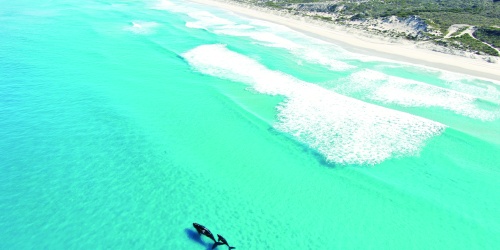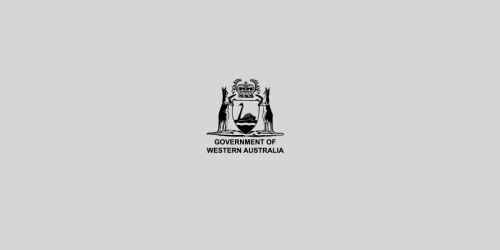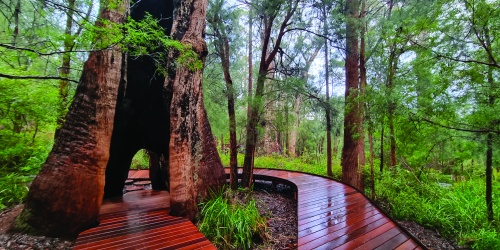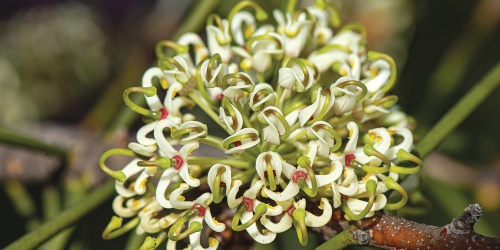The sun is beginning to rise above turquoise seas on a wild and rugged Kimberley island as Mayala man Alec Isaac strolls across the island interior.
Bathed in golden early morning light, he stops at a bush, drops to the ground and begins to dig out its roots. These roots aren’t for eating, but for crushing and putting into tidal ponds. The roots, he says, deoxygenate the water, leaving fish starved of oxygen and easier to catch and eat.
Alec’s Mayala ancestors learned of the roots’ trait and passed on the secret and other cultural stories to their children.
This rich Indigenous culture has remained strong through countless generations, handed down through stories shared around campfires, while riding surging tides to hunt sea creatures and while camping here, on Country, under star- strewn night skies.
Such rich Indigenous heritage and traditional know-how is now earning better recognition and protection thanks to this area’s recent creation as a marine park.
Mayala Marine Park is one of three new marine parks that Traditional Owners and the State Government have created in the Kimberley’s Buccaneer Archipelago. Together, Bardi Jawi Gaarra, Mayala and Maiyalam marine parks protect 660,000 hectares of island-studded seas.
The area’s Traditional Owners jointly manage the parks with Department of Biodiversity, Conservation and Attractions staff, helping them to fulfill a cultural obligation to care for Country and do what Traditional Owners have done for tens of thousands of years—coexist sustainably with nature.







